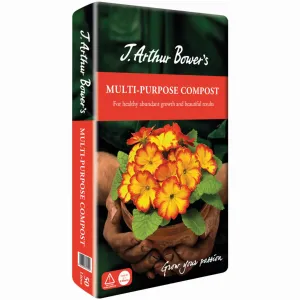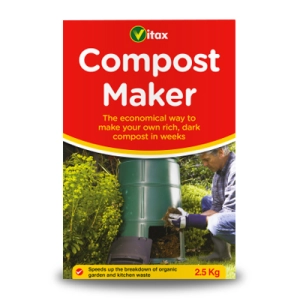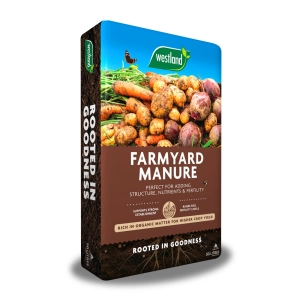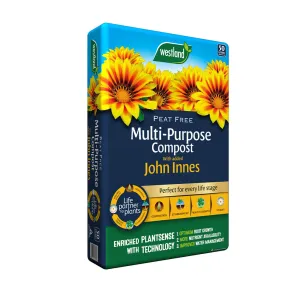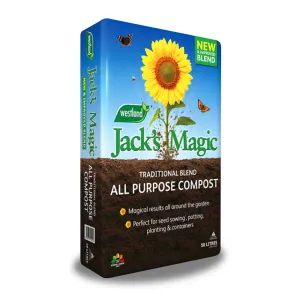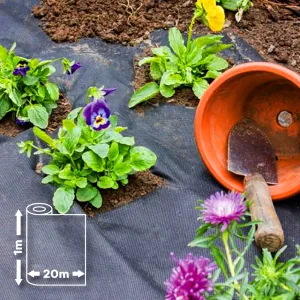There are two groups of garden mulch, organic and inorganic. Organic mulch refers to natural products like bark, pine needles, straw, grass clippings, leaves, compost, and wood chip.
Inorganic mulch includes stone, plastic sheeting, and landscape fabrics.
Mulching is a good gardening practice with several important benefits for most gardens including:
Visual appeal
Some mulches like wood chip and landscape bark can give a crisp finish to beds and borders, helping to show off plants and set off greenery.
Both bark and wood chip will naturally break down and help improve the structure of most soil by improving drainage and retaining moisture.
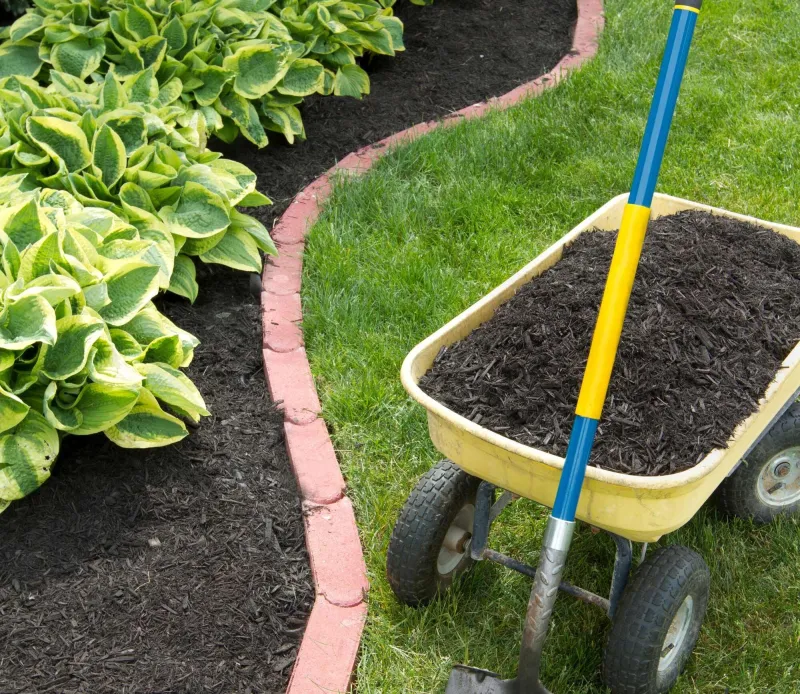
Bark mulch provides visual colour contrast helping to highlight planting.
Bark’s dark brown tones provide a great aesthetic balance for light greens. Apply a two-three inch layer of bark or wood chip around the base of plants in early spring for the best visual appeal and to prevent early weed growth.
Monitor through the summer and reapply in early autumn to prevent any tenacious weed growth and to stop wind-blown weed seeds from finding gaps.
Gravel, decorative slate chippings and stones also provide great visual appeal and work well to suppress weed growth due to their light blocking density, weight, and low chance of movement.
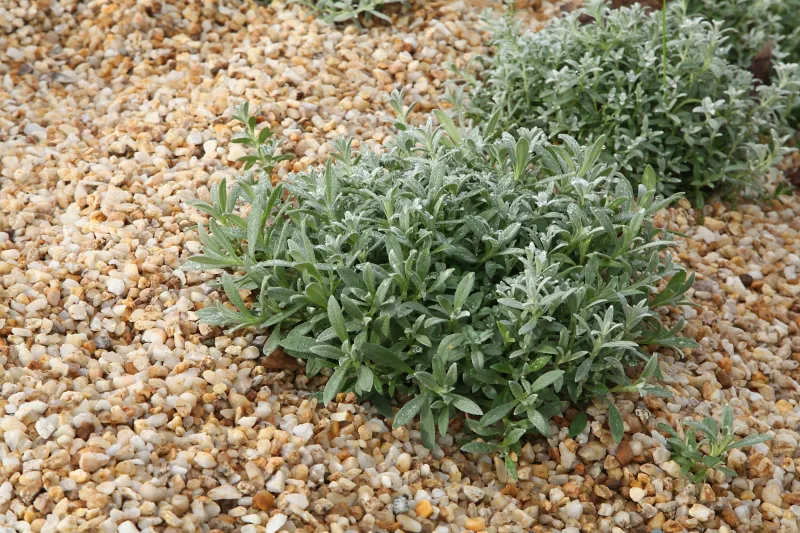
Gravel provides good aesthetic appeal and helps retain moisture.
Weed suppression
Anything that blocks light and rain will prevent plant growth, while reducing competition for nutrients and water.
Landscape fabric is a successful method of weed control due to its strength and longevity. Agrigem’s polypropylene weed suppression fabric allows water to penetrate down to the earth and is puncture resistant, so even the toughest weeds will find it impossible to penetrate.
While landscape fabric is highly functional, for decorative borders, it doesn’t have quite the instant visual appeal of bark.
Adding bark or wood chip directly on top of weed suppression fabric overcomes this, providing excellent visual appeal and high weed prevention effectiveness.
These materials will not need replenishing as they will not break down. Apply in early spring to prevent weeds from establishing once the soil starts to warm.
Soil improvement and plant health
Mulch will naturally insulate the earth. It will keep it cooler in summer (as it prevents the harshest heat from reaching the earth by providing a protective barrier) and warmer in winter (preventing frost from reaching the soil and stopping the soil from losing too much heat).

Mulch prevents moisture loss and acts as a good soil insulator.
Mulch’s moisture loss prevention properties are one of the key reasons gardeners use it. Large gardens require a lot of water and mulch helps keep water use down. This evaporation prevention also means a more consistent level of moisture in the soil and around the roots of plants, which in turn helps reduce plant stress and aid growth.
Worms will pull organic mulch matter down into the earth helping to add valuable nutrients, and improving soil structure, drainage, and fertility.
Leaves, straw, and pine needles work well on vegetable beds while straw mulches and pine needles are fine for vegetable and ornamental beds.
Using compost as a mulch works very well as it is full of rich organic matter that will benefit your plants. However, do be careful using spent compost as a mulch. If plants have succumbed to disease or pests, you may end up inadvertently transferring the problem to new plants.
Notes of caution
While the benefits of mulch use are numerous, there are a few things to be careful of:
- Layer thickness: Be mindful of how much mulch you apply. The ideal layer will be around 2-4 inches. If you apply too much mulch, you may experience problems with water penetration and root rot.
- Leaf use: Be careful using fallen leaves as a mulch. Check they are free from disease and fungus impacts. Rose leaves for example are prone to fungal infections which can be transferred from the infected fallen leaves to the soil, exacerbating the problem. They can also hide weed seeds.
- Use of grass clippings: Grass clippings do contain valuable nitrogen but tend to produce slime layers when they start to rot. This can encourage slugs which could go on to damage plants. In addition, grass clippings often hide weed seeds that will eventually find the soil and start to grow.
Tips from our Tech Team

For questions or specialist advice, please get in touch with our technical team.





